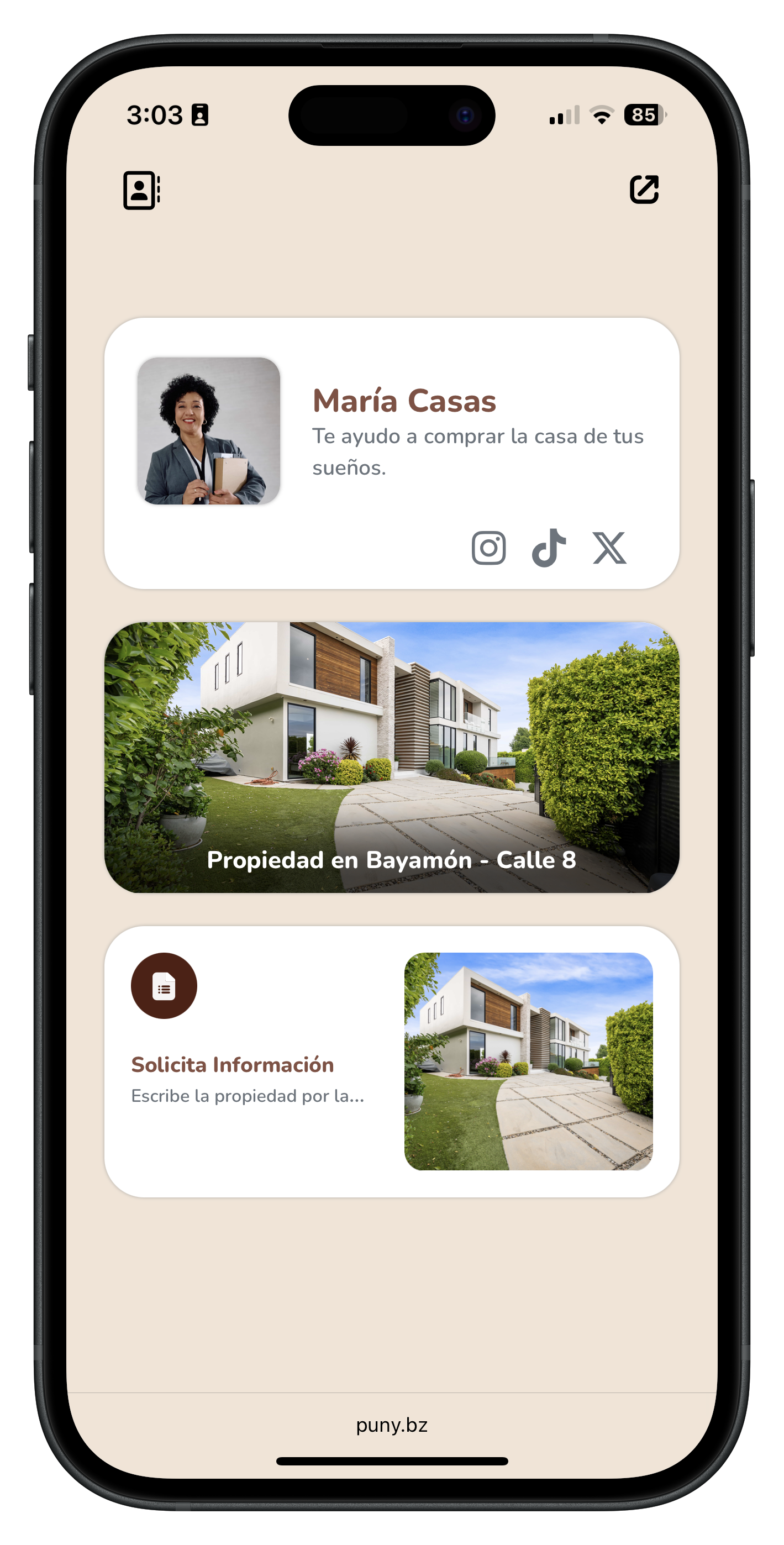Introduction
Many solopreneurs believe that more clients automatically equals more success. In practice, more clients without systems means more hours, more stress, and a revenue ceiling that feels impossible to break. The dilemma is clear: you can grow linearly, trading time for money, or build leverage so each new sale demands fewer of your hours. This article gives you a practical map to increase your income without adding more hours, starting with simple, repeatable decisions you can implement this week.
The current problem
The reality for many people who operate solo is similar:
- 10–12 hour days to “keep up with everything.”
- The business depends 100% on their daily presence and energy.
- Every new client feels like extra coordination, messages, invoices, and follow-up.
Imagine a personal trainer who serves 20 clients per week, with fully customized routines. Every new client forces re‑doing assessments, plans, and reminders. Yes, revenue goes up, but free time goes down. And when the calendar is full, there’s no room to sell, improve the product, or rest. This pattern not only limits income, it also burns out the person holding the operation together.
Shift the focus: from freelancer to CEO
The difference between growing linearly and scaling with leverage is profound:
- Linear growth: more clients = more hours. The core equation doesn’t change.
- Scaling with leverage: more clients ≠ more hours. Future sales reuse assets you already built.
Leverage comes from four pillars: systems, automation, content, and standardization. Combined, they turn activities that today are artisanal into repeatable, measurable processes. That reduces time per delivery, improves the experience, and makes you less “necessary” minute to minute.
Key strategies to scale without adding hours
1) Productize services
Productizing is turning personalized services into packages with defined scope, price, and processes. Instead of “hourly consulting,” you offer a “7‑day audit with diagnosis, 30‑day action plan, and a final 30‑minute review.”
Benefits:
- Standard, predictable pricing for the client.
- Repeatable process that optimizes time with every iteration.
- Less mental wear by avoiding starting from scratch each time.
Immediate action: list your three most frequent services and highlight the steps that always repeat. Those steps become the skeleton of your package. Define deliverables, timelines, and boundaries. Clarity prevents scope drift that consumes hours.
Example: a brand consultant who used to do “whatever comes up” moves to three packages: Express Diagnostic, 7‑Day Visual Identity, and Messaging Manual. Each has a standard brief, templates, and clear deliverables.
2) Automate repetitive processes
Automation isn’t a technical luxury. It’s how you prevent time leaks. Prioritize three fronts:
- Payments: payment links or automated checkout with confirmations. Invoices generated without manual intervention.
- Onboarding: intake form that collects key data, sends materials, and confirms next steps.
- Reminders and follow‑up: automatic messages before sessions, delivery dates, and renewals.
Example: a spa that allows online bookings and sends WhatsApp reminders reduces cancellations, calls, and no‑shows. Each automatically confirmed appointment saves minutes that add up to hours per week.
3) Standardize with templates and SOPs
Standardizing doesn’t remove personalization, it frames it. Templates reduce the friction of starting from a blank page, and SOPs (procedures) ensure consistent quality.
- Templates: proposals, briefs, agendas, reports, decks, canned emails. All with customizable sections.
- SOPs: numbered steps, quality criteria, good and bad examples, and reference timelines.
Example: a restaurant with a weekly social media template speeds up content scheduling and frees up the owner’s time to focus on operations and partnerships.
4) Use content as a multiplier
Content turns one conversation into hundreds of asynchronous conversations. A video testimonial can become an ad, a reel, and a newsletter. A tutorial becomes a post, a clip, and a downloadable guide. The goal: each piece pays off multiple times.
Immediate action: turn your next client conversation into a piece of content. Ask permission to record 5 minutes where they explain the “before and after.” From there, edit a short clip, transcribe quotes, and create a post with takeaways. That testimonial creates demand without occupying you live.
Metrics that matter
Raising revenue is important, but the key indicator is your profit per effective hour and the proportion of automated tasks. Adjust your dashboard with:
- Hours invested per client and per package.
- Percentage of automated vs. manual tasks.
- Customer acquisition cost (CAC) and lifetime value (LTV).
- Conversion rate by channel and by offer.
Mini checklist: is your business becoming more profitable while you work the same or less? If not, re‑adjust scope, pricing, and systems.
Common mistakes when trying to scale
- Hiring without processes: adding people multiplies chaos if there isn’t a clear system. Order first, then team.
- Thinking automation is “complicated”: start with what’s obvious and measurable. A booking link and a reminder already change the game.
- Raising prices without communicating value: raise price alongside a clearer package, metrics, and cases.
- Accepting more clients without redesigning delivery: capacity doesn’t improve if the operation remains artisanal.
Step‑by‑step hypothetical case
Situation: a designer charges by the hour and is maxed out. They decide to migrate to a productized model.
- Offer redefinition: replace “hourly design” with “7‑Day Visual Identity,” with three deliverables: primary logo, palette, and type system, plus a mini manual.
- Process and templates: create a standard brief, a Kanban board with fixed stages, and templates for presentations. Every project follows the same route.
- Automated onboarding: a form gathers goals, references, and materials. After submission, the system schedules the kick‑off call and sends an email with expectations and calendar.
- Payments and contracts: payment link with deposit and e‑signature of a model agreement. Automatic invoice with confirmation.
- Production in “sprints”: daily focus for 7 days, with only one mid‑point review. Avoid endless iterations by changing the frame: two rounds, clear criteria.
- Delivery and close: organized folders, quick‑use video, and a 30‑minute Q&A call. Short survey to capture a testimonial.
Result: serves more clients in the same time, reduces out‑of‑scope changes, and increases revenue by 40% by eliminating losses from non‑billable tasks.
14‑day practical implementation
Day 1–2: Personal audit. List activities that consume the most time. Mark the “repeatable” ones.
Day 3–4: Define your flagship package. Write scope, deliverables, timelines, and boundaries. Price anchored to value, not hours.
Day 5: Create the brief and proposal templates. Prepare a simple landing with the essentials: problem, promise, process, proof, and next step.
Day 6–7: Set up the payments and contract flow. Automate basic confirmations and reminders.
Day 8–9: Design onboarding. Form + expectations email + automatic scheduling.
Day 10: Delivery SOP. Work sequence, quality checklist, and output formats.
Day 11–12: Content system. One testimonial + one short tutorial. Repurpose into a reel and newsletter.
Day 13: KPIs and dashboard. Define weekly metrics and a 30‑minute review block.
Day 14: Launch and gather feedback. Adjust copy, price, or scope based on real objections.
Quick playbooks by business type
- Fitness and wellness: “4‑week plan” packages with tracking app, recurring payments, and reminders. Content: client progress and short tips.
- Restaurants: weekly menu as a template, online reservations, event pre‑sales with checkout. Content: behind‑the‑scenes and star dishes.
- Beauty and spa: monthly memberships with bookings, reminders, and clear upsells. Content: before‑and‑after and care education.
- Tourism and experiences: “standard tour” with schedules, meeting point, photo upsell. Content: experience highlights and reviews.
- Independent professionals: audits, roadmaps, and implementation packages. Content: cases and practical guides.
How to set prices without adding hours
- Anchor on outcome, not minutes. The client buys clarity and confidence.
- Create tiers: basic, standard, and premium, with defined limits and extras. Avoid “yes to everything.”
- Review quarterly. If your acceptance rate easily exceeds 60–70%, there’s room to raise.
Practical formula: price = perceived value x probability of outcome x social proof. Improve any of the three and you can charge more without extending hours.
Weekly control checklist
- Which manual tasks can I automate this week?
- Which parts of my delivery can I turn into reusable templates?
- What objection did I hear and how do I incorporate it into the package page?
- What piece of content can I extract from real conversations?
- Do my metrics indicate more profit per hour, not just higher gross revenue?
Close and next step
Growing income without working more hours requires a design mindset: productize what you repeat, automate what doesn’t need human touch, standardize to ensure quality, and use content to attract and educate your best clients. Real growth isn’t working more, it’s working smarter.
Soft CTA: if you want simple systems that free up hours, explore how Puny.bz can help you automate payments, bookings, forms, and sales pages in minutes. Start with the basics, measure the impact, and improve week by week.
Quick FAQs (common objections)
- What if my clients want something 100% customized?
- Define the standard package first and offer fixed‑price add‑ons. That protects your time and gives controlled flexibility.
- I’m not technical, how do I automate without overcomplicating it?
- Start with the basics: booking link, reminders, and payments. Add one automation per week. Consistency wins.
- What if standardizing lowers quality?
- Standardizing raises average quality by reducing errors. Leave room for 10–20% personalization where it truly adds value.
- How do I justify raising prices?
- Communicate process, timelines, cases, and expected results. The client buys clarity and lower risk, not minutes.
CTA variants by stage
- Awareness: “Discover 3 simple systems to get 5 hours back per week.”
- Consideration: “See how this standardized package reduced changes and increased revenue.”
- Decision: “Book a short assessment and get a 7‑day mini plan.”
Minimum viable tool stack
- Bookings and calendar with reminders.
- Payments and checkout links.
- Intake forms and questionnaires.
- Proposal and deliverable templates.
- Project Kanban board.
Suggestion: implement just one tool per week and document the basic SOP for using it.
Guided testimonial script (5 minutes)
- Before: “How did you handle this before and what problem did you have?”
- Change: “What did you decide to do and why?”
- After: “What results did you see in time, income, or clarity?”
- Recommendation: “Who would you recommend it to and why?”
With a single recording you get a clip, quotes, and a structured post.
Ultra‑brief landing template for a package
- Problem: 1–2 clear lines about the pain.
- Promise: realistic outcome and timeline.
- Process: 3–5 steps with timing.
- Proof: 1 case, 1 testimonial, 1 metric.
- Price and limits: scope, rounds, timelines.
- Next step: single booking or payment button.
Quarterly improvement roadmap
- Q1: productize and automate payments + reminders. Define base SOPs.
- Q2: improve onboarding, create an internal template library, and 2 content pieces per week.
- Q3: raise price 10–20% with new proof and optimize time. Add upsells.
- Q4: consider delegating standardized parts or creating a complementary digital product.




